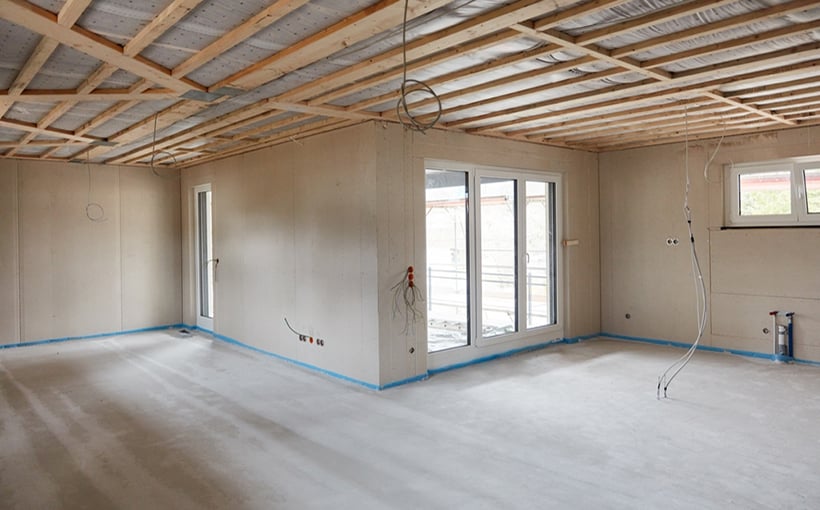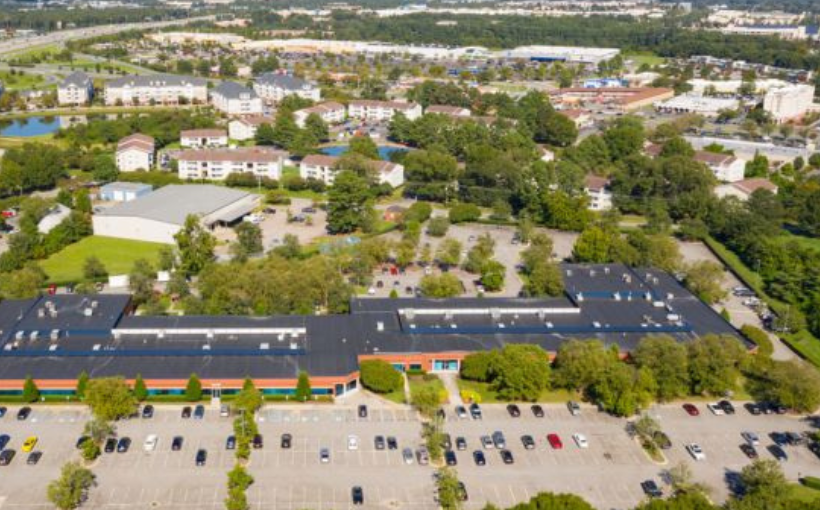Adaptive reuse has been identified as a potential solution to help meet the increasing demand for housing while giving vacant office buildings a second chance at life. According to RentCafe’s report, 2019 and 2020 saw peak years for adaptive reuse from offices into apartments; however, “the number of projects converted in 2021 and 2022 didn’t match the initial excitement.” Surprisingly, hotel-to-apartment conversions have done well in 2022 making up 29% of total inventory nationwide.
RentCafe’s Andrea Neculae commented that “one thing about adaptive reuse is that it’s not a cornucopia of abandoned buildings just waiting for transformation. It’s highly dependent on available stock and how compatible that stock is with conversion.” Offices present multiple challenges when considering adaptive reuse due to back-to-work mandates causing investors to take a wait-and see approach as they anticipate waves of distress along with costs associated with conversion such as complying with housing requirements, adhering structural changes according city regulations and accommodating multiple units including sewage issues.
The decline in previous hotel markets has driven current wave of hotel -to apartment conversions which typically already have layouts similar residential building designs reducing need extensive structural changes during transformation process since many are already zoned residential use leading more straightforward transition plus delivering more affordable housing units – 54% low/middle income renters over last three years according report findings .
The future looks promising when it comes to adaptive reuse projects potentially seeing 63 % increase upcoming projects currently 122K apartments undergoing conversion 45K anticipated office lead way 37 % total expected come online through adaptation next few years only 25 % construction phase vast majority planned or prospective phases .




